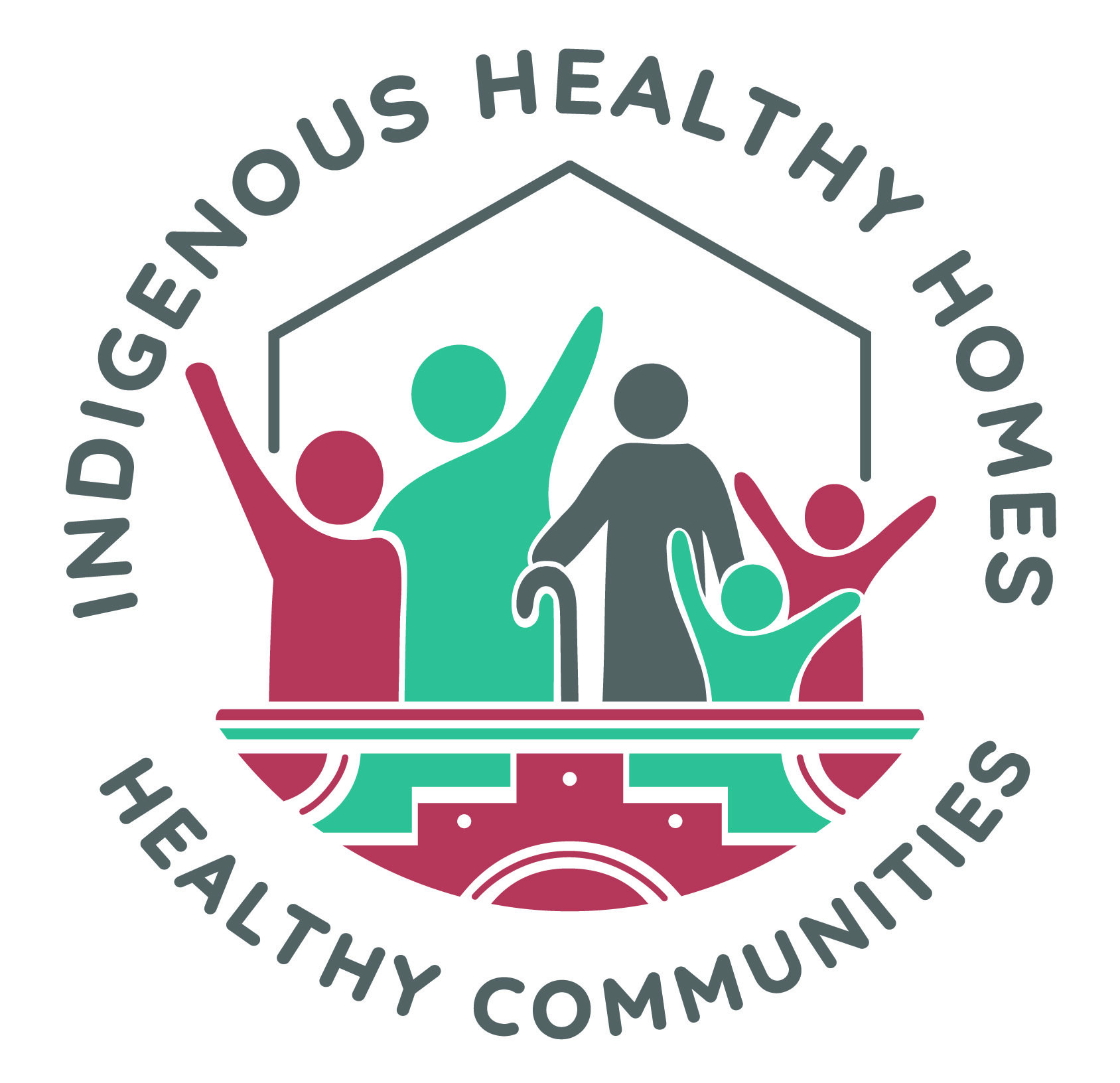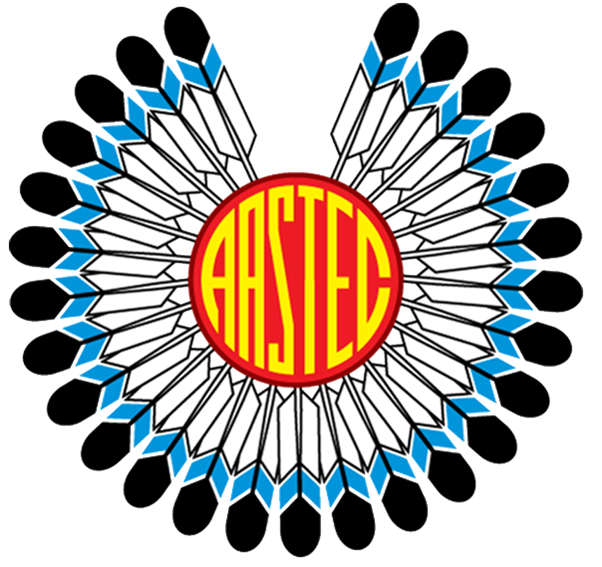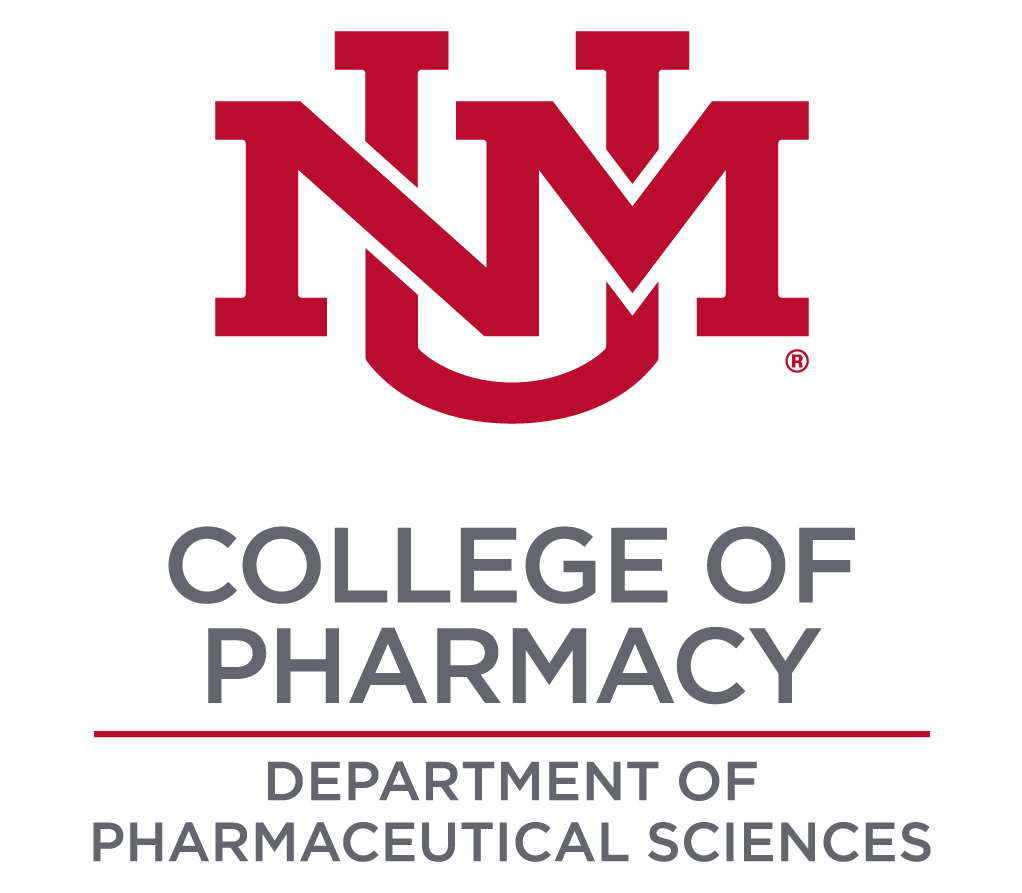Indigenous Healthy Homes & Healthy Communities

The Indigenous Healthy Homes & Healthy Communities (IHHC) is funded by National Institutes of Health (NIH) Community Partnerships to Advance Science for Society (ComPASS) program. The Albuquerque Area Southwest Tribal Epidemiology Center (AASTEC), a subsidiary of the Albuquerque Area Indian Health Board, Inc. (AAIHB), is partnering with two academic institutions, University of Arizona (UA) and University of New Mexico (UNM) on this project. The IHHC project purpose is to identify and decrease indoor environmental exposures, such as radon, fall injury risks and hazards, asthma triggers, and everyday stressors to support healthier homes and communities.
IHHC Focus Areas
Survey results indicated that eighteen Tribes have concerns about radon and other indoor air pollutants, a key challenge for Tribal communities nationally.2 Exposure to environmental chemicals is linked with cardiovascular disease and cancer disparities in Tribal communities3, yet there exists a dearth of research investigating indoor air quality, exposure and health outcomes in Tribal communities. Nationally, indoor radon exposure is associated with more than 21,000 cancer deaths annually because when inhaled it releases a-particles directly into lung tissue and is the second leading cause of lung cancer mortality in the United States.4 Radon is inert, odorless, denser than air, and water soluble and the decay product ofuranium.5 This carcinogenic gas may enter homes through cracks in the foundation, floors or via drinking water. However, there are inadequately few examples of radon exposure studies using community-engaged research principles to address concerns of Tribal communities.6 Radon is a priority for communities in the AASTEC service area because the counties of northern New Mexico are located in an area the US Environmental Protection Agency considers high risk or moderate risk for indoor residential radon exposure to exceed the action level of4 pCi/L. In 2017 AASTEC began working with two Tribal communities (C-1, C-2 in Table 1) to characterize residential radon exposure with financial support from US Centers for Disease Control and Prevention (6 NU380T000268-02-01), the Indian Health Service Epidemiology Program for American Indian/Alaska Native (Al/AN) and Urban Indian Communities (UlBlIHS000l-21-02), and a pilot project award from the University of New Mexico Center for Native Environmental Health Equity Research (1P50ES026102 & USEPA #83615701) to work with community C-3. The THHP team (including Dr. Hoover) trained 20 tribal staff members from the Tribal government to assess seasonal residential indoor radon concentrations. These community led projects included partnerships with tribal staff and the Indian Health Service Division of Environmental Health, multiple Tribal health boards, environmental services departments, one housing authority and housing board and community health workers. Critically, THHP applied community based participatory research principles and facilitated a process by which tribal communities developed their own assessment programs. Through this work 322 homes were tested for radon using Air Check short-term test kits and results indicated a strong need for radon assessment and mitigation. In community C-3 for example, 42% of tested homes exceeded the radon action level of4.0 pCi/L (Table 1). Sustainability of the program beyond the initial funding was considered from initiation, supported by our strengths-based approach. For example, community partners led the development of radon brochures and information materials that are still distributed at housing fairs and community events. Through established and maintained relationships AASTEC THHP staff are available for additional testing and consultation as needed, including attending housing fairs to discuss radon. Additionally, we prioritized returning all project data to Tribal partners (congruent with Indigenous Data Sovereignty Principles). These data were used by THHP partner communities to secure funds for home remediation and minor home repairs and maintenance.
In 2021 the Albuquerque Area Indian Health Board identified injury prevention (IP) as one of its top five health priorities reflecting the burden experienced by the Al/AN population in our area. In New Mexico, the mortality rate from unintended injuries (121.1 per 100,000 people) among Al/AN residents (2011-2021) was nearly double the rate for any other race/ethnicities in the state. Similarly, the fall-related hospitalization rate (2015-2017) among Al/AN Adults 65+ Years of the state.7 Similarly, the fall-related hospitalization rate (2015-2017) among Al/AN Adults 65+ Years of Age (141 per 100,000 people) was more than 2 times the rate for Black/African American and 1.27 times the rate for Hispanics.8 To address the critical need for sustained, comprehensive injury prevention programming AAIHB & AASTEC developed and implemented the Tribal Injury Prevention Program (TIPP, IHS D261IHS0155-02-01 & D261IHS0195-01-00). TIPP, AASTEC staff, and partners conduct training for home fall risk assessments, provide home modification adaptive or assistive devices and have developed the AASTEC Injury Atlas to better understand the burden of falls and other injuries among the AI/AN population of New Mexico. TIPP staff conduct a bi-annual (started in 2016) regional tribal injury prevention mixed-method gap analysis and needs assessment, which receives input from an average of 110 IP specialists from the area. TIPP has established a regional multi-sector tribal IP coalition (averaging 32 coalition participants during quarterly meetings) to impart current subject matter experts with a collaborative, multi-sector approach to injury prevention.
Over the past 8 years, TIPP and AASTEC staff implemented a fall prevention training program that weaves evidence-based best strategies with capacity enhancement initiatives to prevent falls. This includes adapting the CDC's STEAD! toolkit for use in Tribal communities - providing a standardized and culturally congruent training and assessment tool - and as instructors/coaches for the A Matter of Balance (AMOB), Tai Chi for Arthritis and Fall Prevention (TCA) programs. Since 2015 TIPP has facilitated/trained 414 tribal or tribal serving individuals from all 27 Tribal communities in the area; and provided/installed 218 grab bars, 280 night lights, and 150 adjustable hand grip strengtheners for older adults in 110 homes in three communities. Additionally, TIPP Coordinator Dominguez, and AASTEC staff, and partners, conduct home hazard assessments, modifications, and corrections to further address the elevated unintentional injury and mortality rates in communities across the IHS Albuquerque Area; since the onset of the COVID-19 pandemic virtual Technical Assistance has commenced. Similarly, THHP-trained community members (Section B.1) assessed 322 households for fall and injury risk (Table 1), and completed 142 home modifications (e.g., repairing steps; installing smoke alarms; and more). Combined with culturally informed adaptations of the STEADI toolkit, community training activities and certifications, and minor home repairs, AASTEC and its partners work to minimize fall-related injuries. While THHP and TIPP have demonstrated success, a need remains to address structural inequities that contribute to persistent housing, environmental exposure, and fall-risk disparities in Tribal communities.
IHHC PROGRAM TIMELINE


 AASTEC
AASTEC
